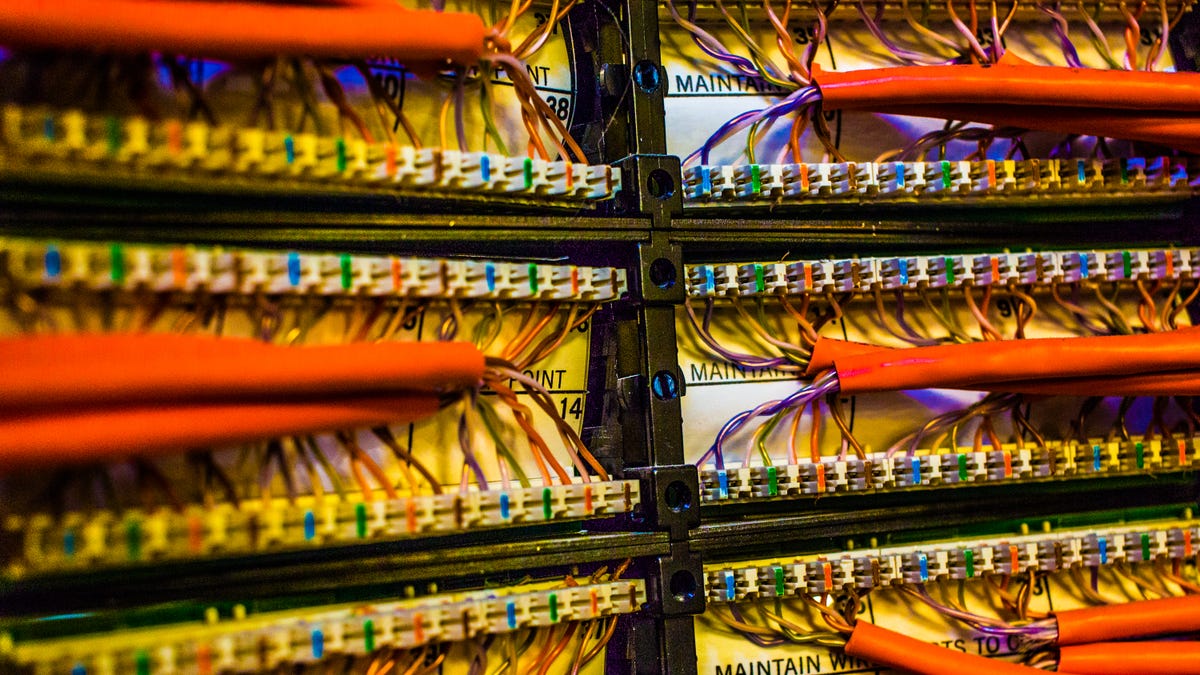FCC says revised broadband report still shows digital divide closing
The updated version of the report shows an 18% improvement in broadband deployment.

The Federal Communications Commission said a revised draft of its 2019 Broadband Deployment Report still shows that the digital divide is closing.
Originally released in February, the report was touted by FCC Chairman Ajit Pai, who pointed to its findings that more Americans were getting access to high speed internet service. Pai said the report was evidence that his policies of "removing regulatory barriers," such as the repeal of the 2015 net neutrality regulations, were working.
But the public interest group Free Press discovered the numbers were inflated, based on the fact that one company had grossly overstated deployment data.
Barrier Communications mistakenly reported that its service reached nearly 1.5 million homes and businesses in several census blocks with fiber-to-the-home and fixed wireless service. But this was inaccurate. The company had simply submitted its coverage area for each census block in eight states where it offers service, essentially reporting that it served every home and business possible in that census block.
As a result, the original draft of the FCC's report showed that the number of Americans without access to 25 Mbps download speeds had dropped by more than 25% between 2016 and 2017. The FCC agreed to revisit the data.
The revised report cuts that percentage to 18%, with 26.1 million Americans having access to those broadband speeds at the end of 2016 compared with 21.3 million at the end of 2017. Of people served by newly added high-speed connections, the FCC points out that "approximately 4.3 million live in rural America, where broadband deployment has traditionally lagged."
In a statement Wednesday, Pai said the revised figures show big improvements thanks to his policies.
"We're pleased that the FCC's policy of making deployment data open and transparent to the public resulted in this error being discovered," he said in a statement. "Fortunately, the new data doesn't change the report's fundamental conclusion: We are closing the digital divide, which means we're delivering on the FCC's top priority."

